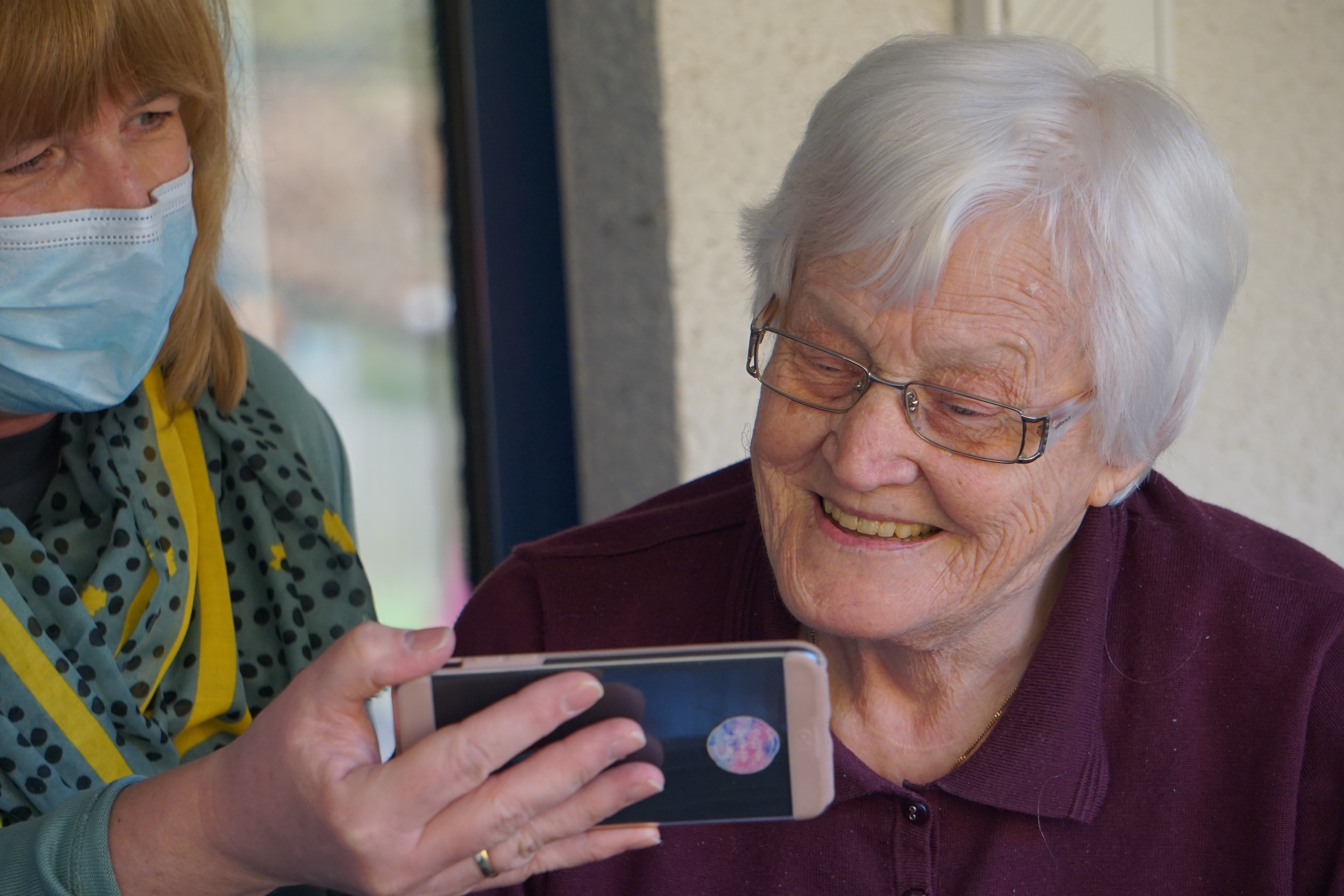
How Hospice Care Works: An Overview of Hospice Care
November 01 2019
Living Out Your Final Days with Grace and Dignity
Hospice care is end of life treatment. It is care that a person who is ill receives after consulting with their doctor that treatments meant to cure or slow the disease are no longer working, or the patient simply wishes to stop those treatments. The doctor then makes a referral for hospice care.
The Purpose of Hospice Care
Hospice isn’t always a place that a patient goes to. Hospice care can be received in the comfort of one’s own home or in a hospice facility. And hospice doesn’t have to be permanent. A patient can change their mind at any time and begin to receive treatment for their illness again if they so choose.
Hospice is compassionate care that affords the patient both grace and dignity during this final stage. While hospice care accepts that death is the final stage of life, it does not hasten nor postpone death. Hospice care is not about giving up or not receiving medical care. The focus of the care simply changes from that of curing or slowing the progression of a life-shortening disease to that of the patient’s quality of life. The care treats the person and the uncomfortable symptoms rather than the illness. It allows a person to live as fully and comfortably as possible. It focuses on easing pain, shortness of breath and generally just helping the patient feel more comfortable as they reach the end of their life.
Because the care treats the person and their level of comfort, it allows a person to focus on living out their last days as fully as possible. It gives them time to reflect on their life as well as come to terms with their death. It also gives the patient’s family more quality time to spend with their loved one as they too are going through this period of transition. Hospice care is a peaceful way for everyone to deal with the transition to this final stage of life.
How Hospice Care Works
This comfort care has several aspects to it and requires a team that includes a doctor, nurse, counselor, social worker, chaplain (if one is wanted), home health aide and trained volunteers. This team works together to meet the needs of the patient on a physical, emotional and spiritual level. While the medical team of the doctor and nurse meet the needs of the patient by prescribing medications that ease suffering from symptoms such as pain, the counselor and chaplain can meet the needs of the patient and their family emotionally and spiritually. The social worker is there to provide support and information for both the patient and the family while the home health aide and other volunteers can help family caregivers with tasks such as bathing the patient and allowing for respite care. It is a type of support that is not only there to help the patient but to help the patient’s family as well. And hospice care doesn’t end for the patient’s family once their loved one has passed away. Grief counseling for family members is also a part of hospice care.





